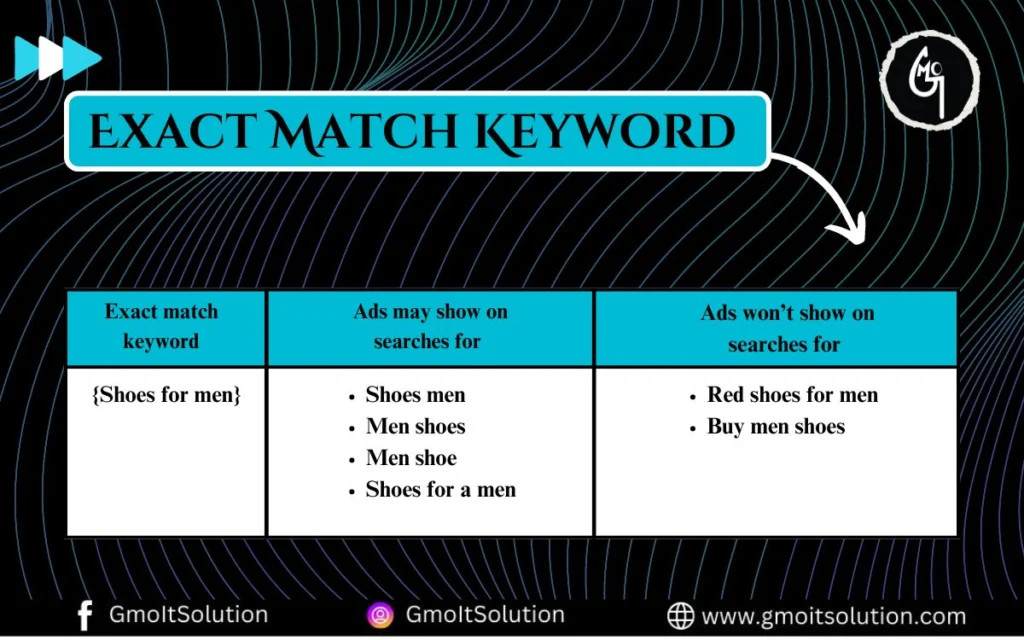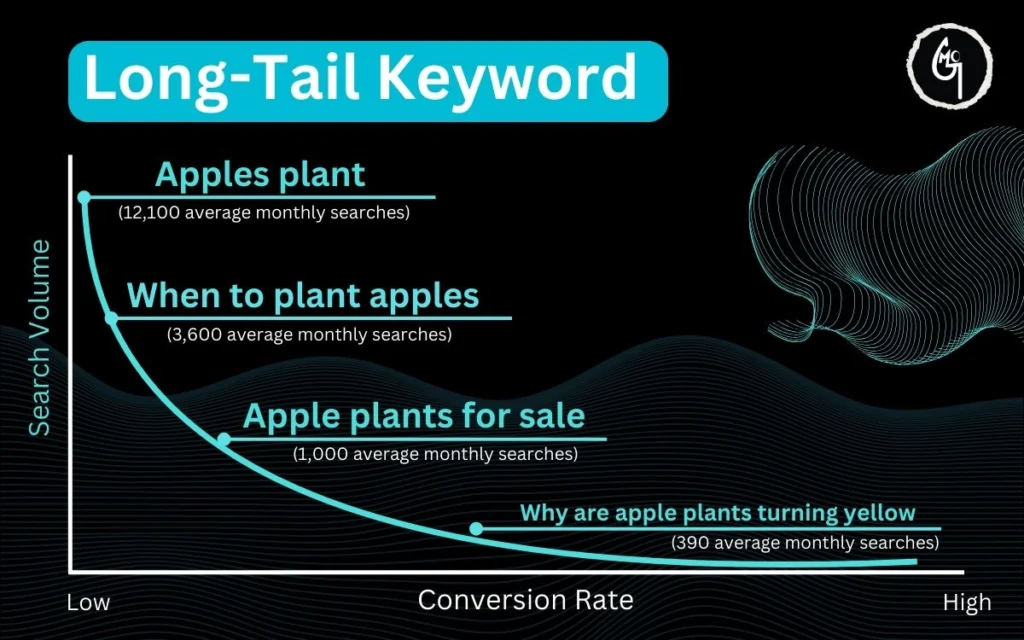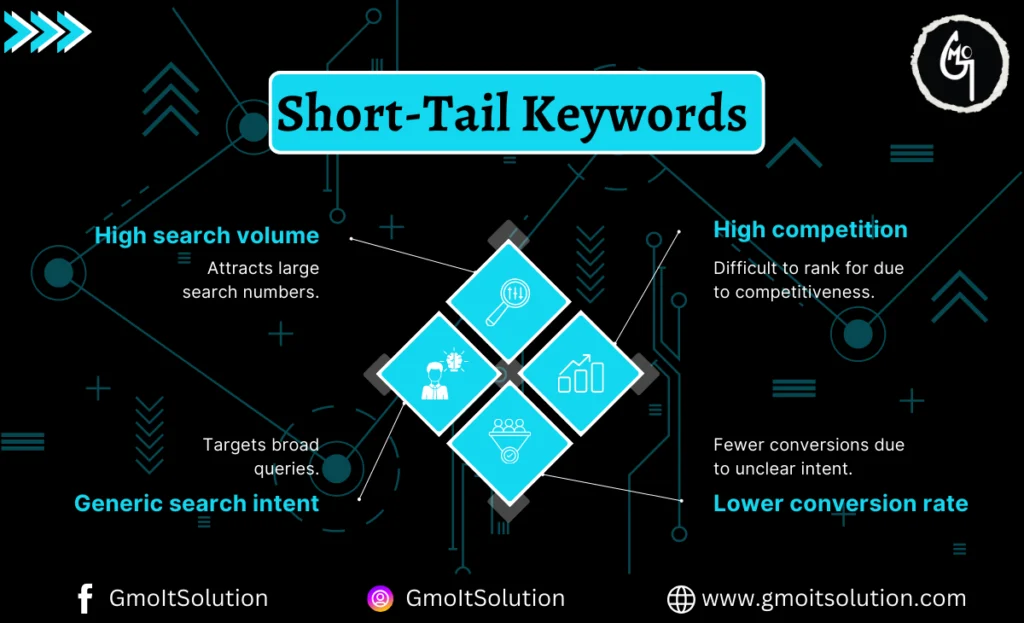
Phrase Match Keywords in Google Ads: How to Optimize Your Strategy
What is Phrase Match in Google Ads? Understanding that phrase matches keywords is also helpful when it comes to optimizing your Google Ads. Understanding the specifics of phrase match can help you improve your strategy and increase the value of your return on investment, no matter what level of experience with digital marketing. What exactly is the phrase match, you are probably looking for? Phrase match, a keyword match type in Google advertisements, is very possible that your advertisements show up when visitors search for the same keyword or similar keyword with some extra words before or after. Your advertisement may show for queries for example, if your phrase match keyword is “digital marketing and people search like “best digital marketing strategies” or “digital marketing tips for beginners,” How Phrase Match Stands Out from Other Match Types It’s important to understand phrase match vs broad match in Google ads. While phrase match gives you more control by focusing on specific phrases that are closely relevant to your business, broad match keywords are flexible as they show advertisements for more kinds of related searches. This focus helps in drawing in leads with greater qualifications who are actively looking for exactly what you must offer. Using the Keyword Match Type Tool to Optimize Your Strategy Use a keyword match type tool (or keywords match type tool) to improve your strategy. With the help of these tools, you can test out different match kinds—including keyword matches—to discover how they impact the success of your ads. You have more idea which type of match keywords are best for your specific target by trying different match types. Benefits of Phrase Match for Google Ads Targeting can be greatly improved by adding Google ads keyword matches to your campaigns. When you use phrase keywords carefully, you make sure that people who are looking for your exact terms see your advertisements, which improves engagement and relevance. The result optimizes your ad use in addition to raising click-through rates. Navigating Google Search Phrase and Google Phrase Match It is important to understand that Google Search Phrase and Google Phrase Match play an important part in improving your advertising strategy. Google Ads are visible in search results when you use correct phrase match keywords, which help you to increase your website traffic and improve your rate of conversion. The secret to successful advertising is matching the advertisements with consumer intention by focusing on important phrases. Creating Successful Ads Using Phrase Match Keywords When you design your marketing plans, keep in mind that phrase match includes more than just word choice—it includes knowledge of the words’ meanings. To make sure your advertisements show up in the correct setting and maximize their impact, use phrase match. Conclusion Your Google Ads campaigns are more improved by learning phrase match and understanding its purpose about other match types. you are witness to improved targeting audiences, increased engagement, and better performance everywhere with the right strategy. Faq’s
Phrase Match Keywords in Google Ads: How to Optimize Your Strategy Read More »





